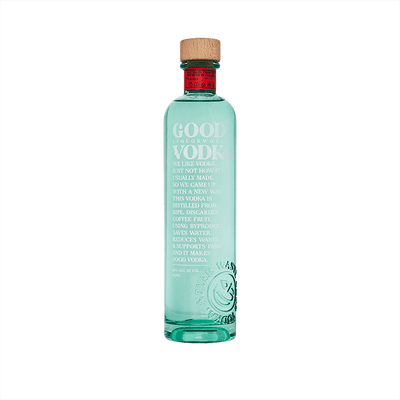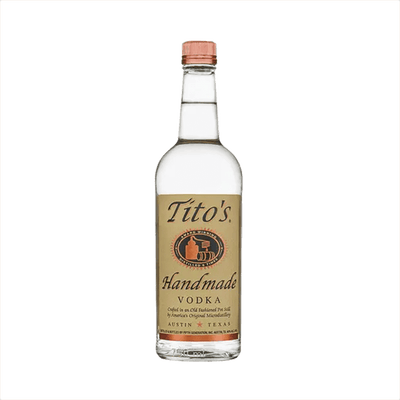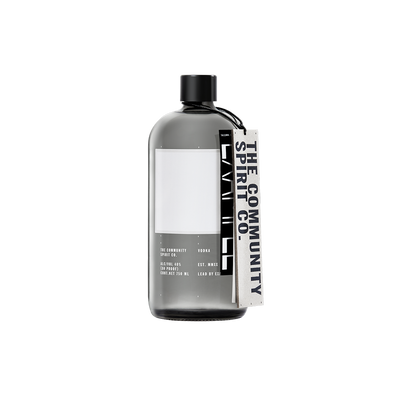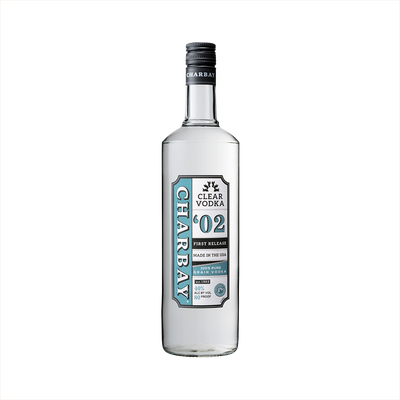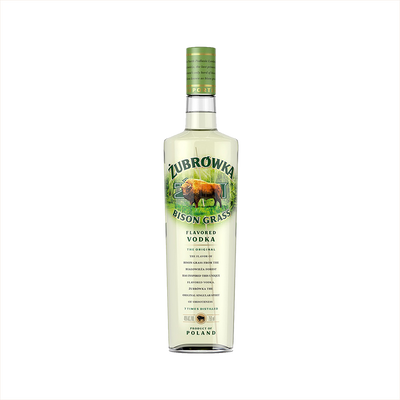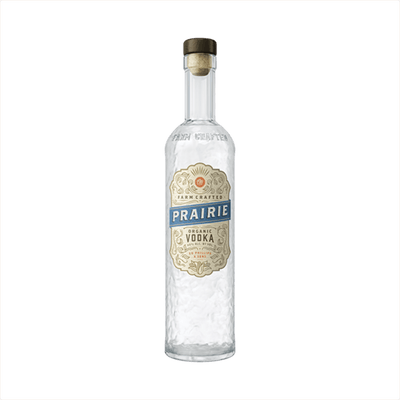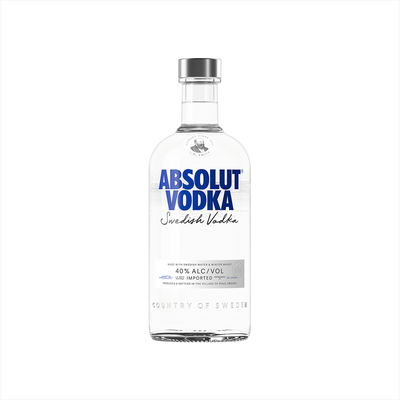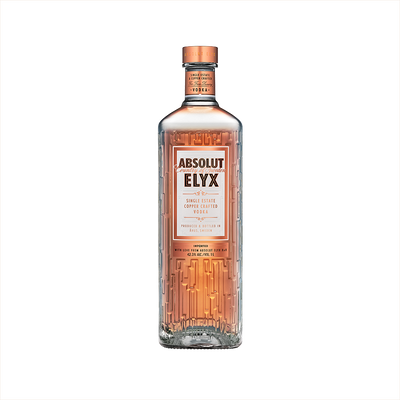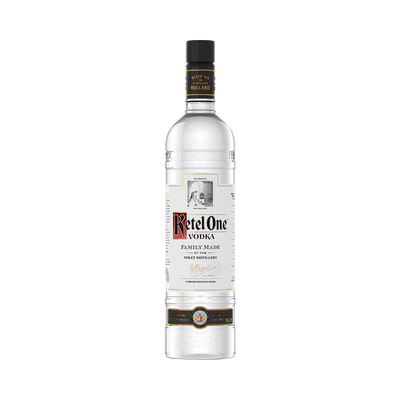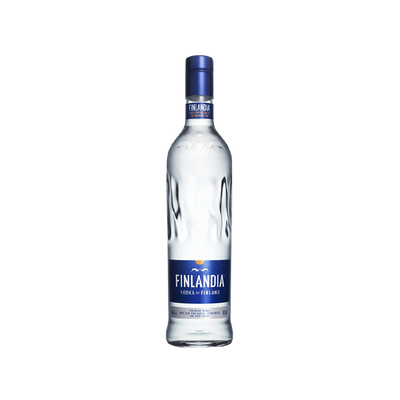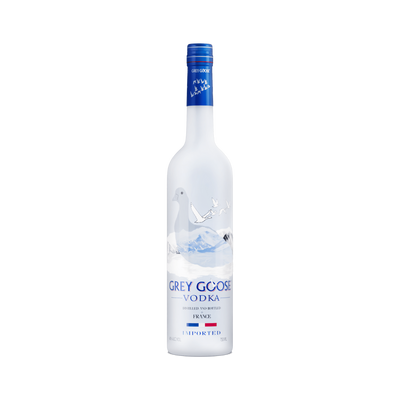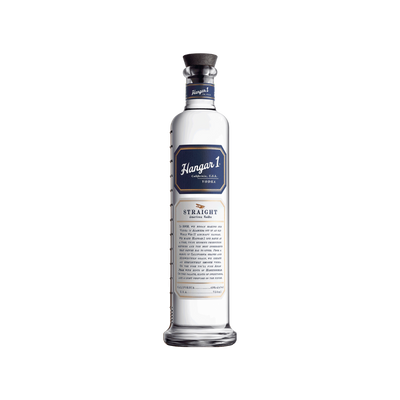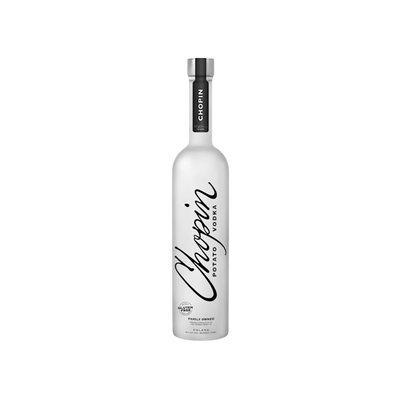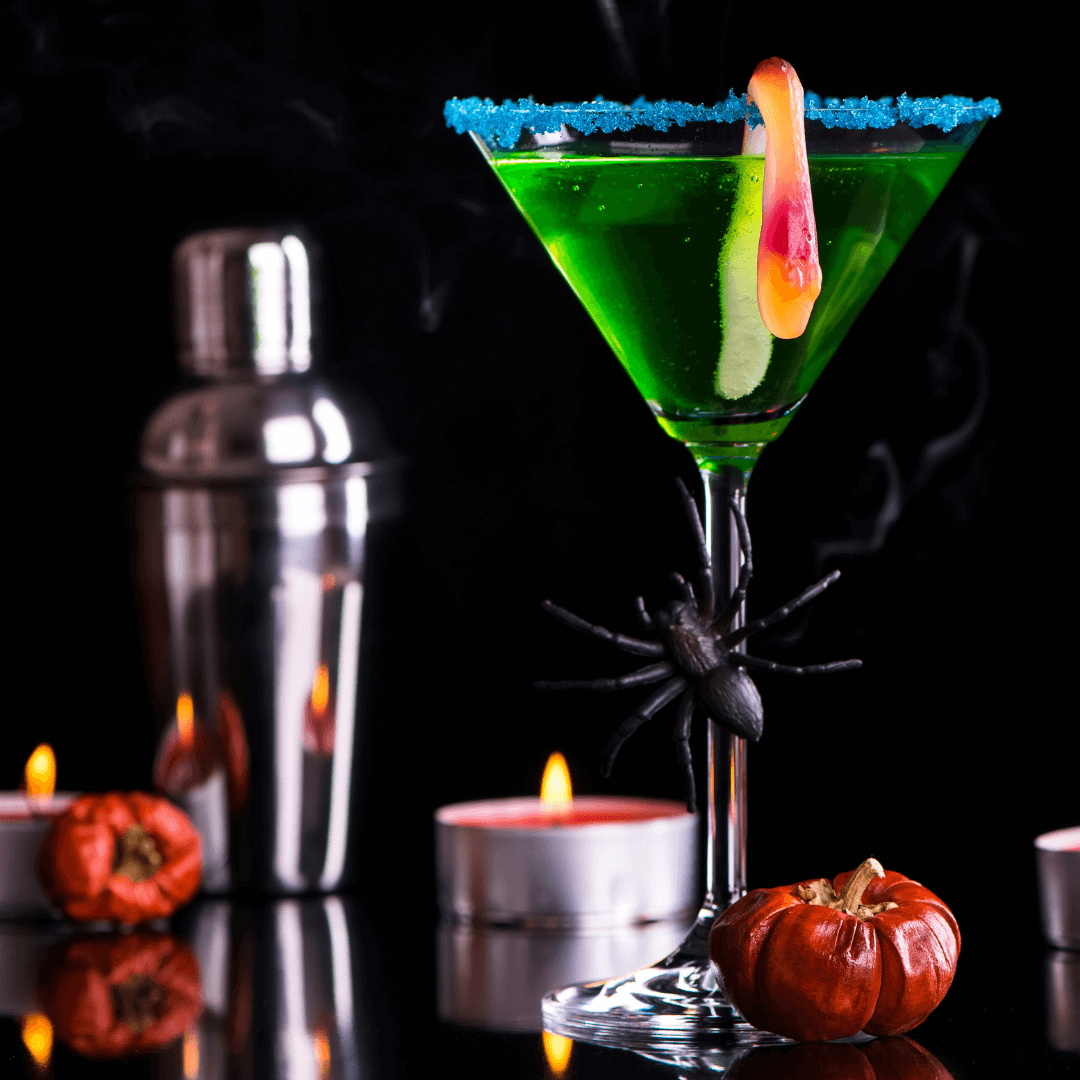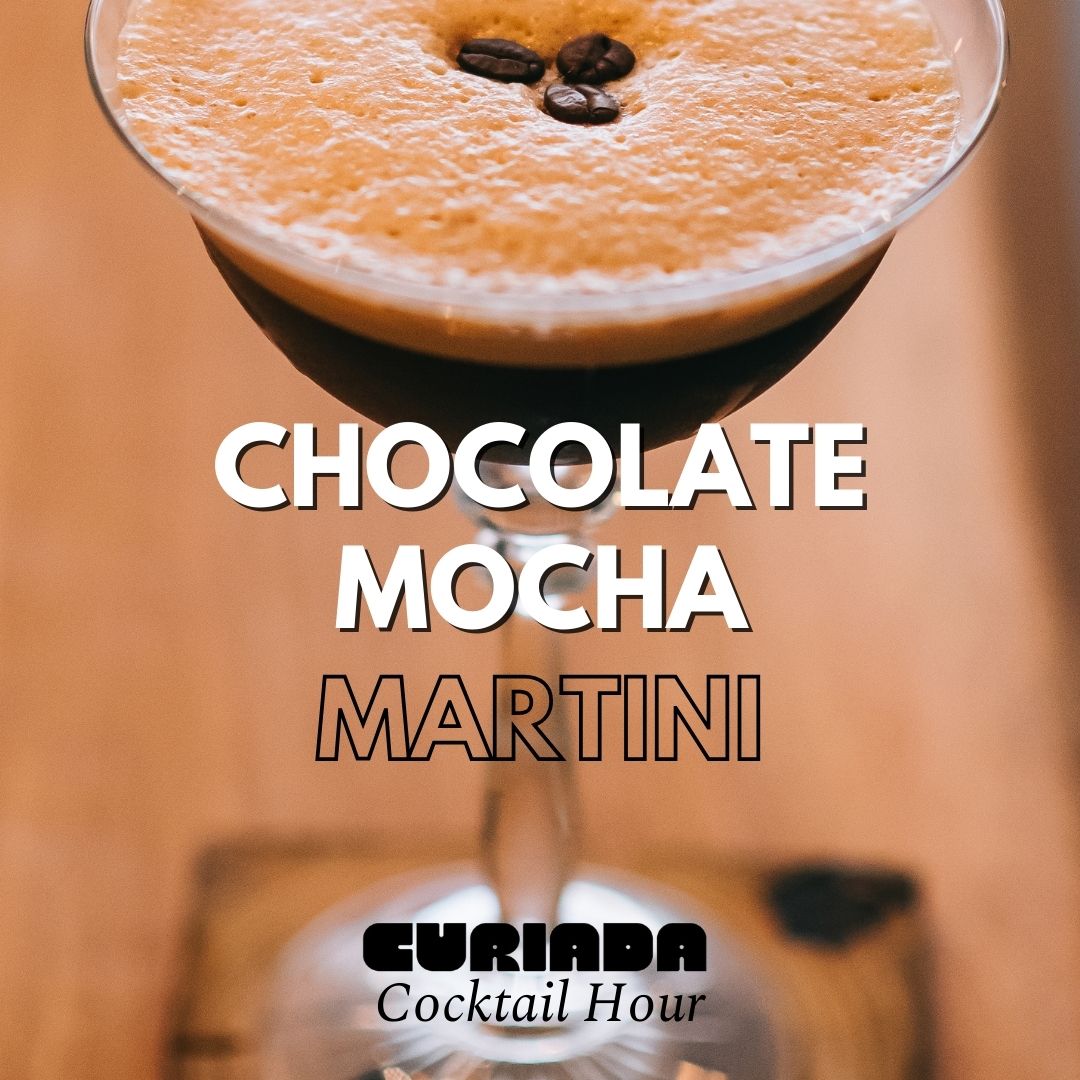Vodka
What is Vodka?
Vodka is a clear, neutral spirit that's distilled to high proof and filtered to remove impurities, creating a clean, almost flavorless base that's perfect for mixing or sipping neat. What defines vodka isn't so much what you taste, but what you don't – it's designed to be as pure and neutral as possible, whether it's made from grains like wheat or rye, or from potatoes, sugar beets, or even soybeans. This intentional lack of character makes vodka the ultimate chameleon in your home bar, ready to take on whatever flavors you want to add to it.
Learn More About Vodka
What are the different types of Vodka?
Vodka splits into two main camps: neutral grain spirits that prioritize smoothness and purity, and character-driven bottles that showcase their base ingredients like potato, rye, or wheat. Premium brands often highlight their filtration methods—activated charcoal, diamond dust, or multiple distillations—while craft distillers focus on unique grains or traditional techniques that add subtle flavors and textures. The biggest difference you'll taste is between mass-market vodkas designed for mixing and small-batch expressions meant for sipping neat, where you can actually detect the personality of the grain or potato shining through that crystal-clear appearance.
How is Vodka made?
Vodka starts with fermenting starches or sugars from base materials like grains, potatoes, or even sugar beets into a low-alcohol wash, which then gets distilled multiple times to achieve high proof and purity. The spirit goes through extensive filtration using materials like charcoal or specialized filters to remove impurities and create that clean, neutral character vodka is known for. Most producers dilute the final product with water to bring it down to bottling strength, typically around 40% alcohol by volume.
What does Vodka taste like? What does Vodka bring to a cocktail?
Quality vodka should taste clean and neutral with a subtle grain or potato sweetness, though many premium brands carry distinctive character—whether it's the creamy texture of potato-based vodkas or the crisp bite of wheat varieties. In cocktails, vodka acts as the perfect blank canvas, allowing other ingredients to shine while providing smooth alcoholic strength and a silky mouthfeel that binds flavors together. This neutrality makes vodka incredibly versatile, letting mixologists build drinks around bold flavors like citrus, herbs, or fruit without competing spirits getting in the way.
How do you drink Vodka? In what kind of cocktails does Vodka shine?
Vodka's clean, neutral profile makes it incredibly versatile—you can sip premium bottles neat or on the rocks to appreciate their subtle character, but it truly comes alive as the backbone of classic cocktails. It shines brightest in drinks where clarity and smoothness matter most, like a crisp Martini, refreshing Moscow Mule, or the brunch-perfect Bloody Mary. The spirit's ability to blend seamlessly with other ingredients without overpowering them makes it the go-to choice for everything from simple two-ingredient highballs with soda or tonic to more complex creations where you want other flavors to take center stage.
What are fun ways to drink Vodka?
Vodka's neutral profile makes it a playground for creative consumption - from classic jello shots that wobble their way to party legend status, to sophisticated vodka popsicles infused with fresh fruit and herbs for adult summer treats. You can fold it into tiramisu for a boozy twist on the Italian classic, freeze it into granita with citrus and mint, or even use it in chocolate truffles where its clean burn amplifies the cocoa's richness. The spirit's versatility means you're limited only by your imagination, whether you're crafting vodka-spiked whipped cream for dessert cocktails or mixing up frozen vodka watermelon cubes that slowly melt flavor into your glass.
How has Vodka been depicted in culture?
Vodka carries heavy cultural baggage in popular media, often serving as shorthand for Russian identity, Cold War tensions, or sophisticated espionage—think James Bond's vodka martinis or the countless films where characters slug back shots while discussing state secrets. Hollywood frequently uses vodka consumption to signal either refined taste or dangerous excess, from the crystal-clear bottles in upscale nightclub scenes to the plastic handles that mark a character's downward spiral. The spirit has also become deeply woven into American party culture, where it's portrayed as the clean, neutral base for everything from cosmopolitan cocktails to college drinking games.
Nutritional Information
Typical Calorie Range per Ounce: 64-70 calories
Typical Carbohydrate Range per Ounce: 0 grams
Typical Sugar Range per Ounce: 0 grams
Typically Gluten Free: Yes
Vodka's clean profile makes it one of the lower-calorie spirits available. The distillation process removes virtually all carbohydrates and sugars, leaving behind pure ethanol and water. Most vodkas are considered gluten-free, even those made from wheat or other gluten-containing grains, because the distillation process typically removes gluten proteins. That said, some people with celiac disease or severe gluten sensitivity prefer vodkas made from potatoes, corn, or other non-gluten sources to be absolutely safe. Always check the specific product information and consult with your healthcare provider if you have concerns about gluten sensitivity.
Scrolled this far? Your reward? Vodka Trivia!
- Napoleon's army might have accidentally invented flavored vodka. When French troops retreated from Russia in 1812, they discovered that vodka mixed with birch bark (used to start fires) created a surprisingly smooth drink. Russian soldiers had been doing this for years to mask the harsh bite of poorly distilled spirits, but the French brought the idea back to Western Europe, kickstarting the infusion craze.
- The world's most expensive vodka contains actual diamonds. Billionaire Vodka costs $3.7 million per bottle because it's filtered through diamonds and sand made from crushed diamonds and gems. But here's the kicker – blind taste tests show most people can't tell the difference between it and a $20 bottle. The diamonds don't change the flavor; they're pure marketing genius.
- Vodka was originally sold as medicine in medieval Europe. When Polish and Russian distillers first brought vodka west in the 14th century, they marketed it as "aqua vitae" (water of life) and sold it exclusively in apothecaries. People believed it could cure everything from heartbreak to the plague. Some monasteries even prescribed specific vodka "doses" for various ailments.
- The smoothest vodkas aren't necessarily distilled the most times. While brands love to brag about being distilled "seven times" or "ten times," master distillers know that over-distillation actually strips away character and can create a harsh, chemical taste. The sweet spot is usually 3-4 distillations, with the real magic happening during filtration – not in how many times you run it through the still.
- Vodka can be made from literally anything that ferments. While most people know about potato and grain vodkas, distillers have successfully made vodka from milk (yes, milk), quinoa, soybeans, sugar beets, and even salmon. There's a distillery in Alaska that makes salmon vodka, and surprisingly, it tastes nothing like fish – the distillation process removes all the fishy flavors, leaving behind a clean, slightly sweet spirit.
Higher-proof spirits can be intense. Sip slow, taste thoughtfully, and enjoy responsibly.
Gift message (optional)

